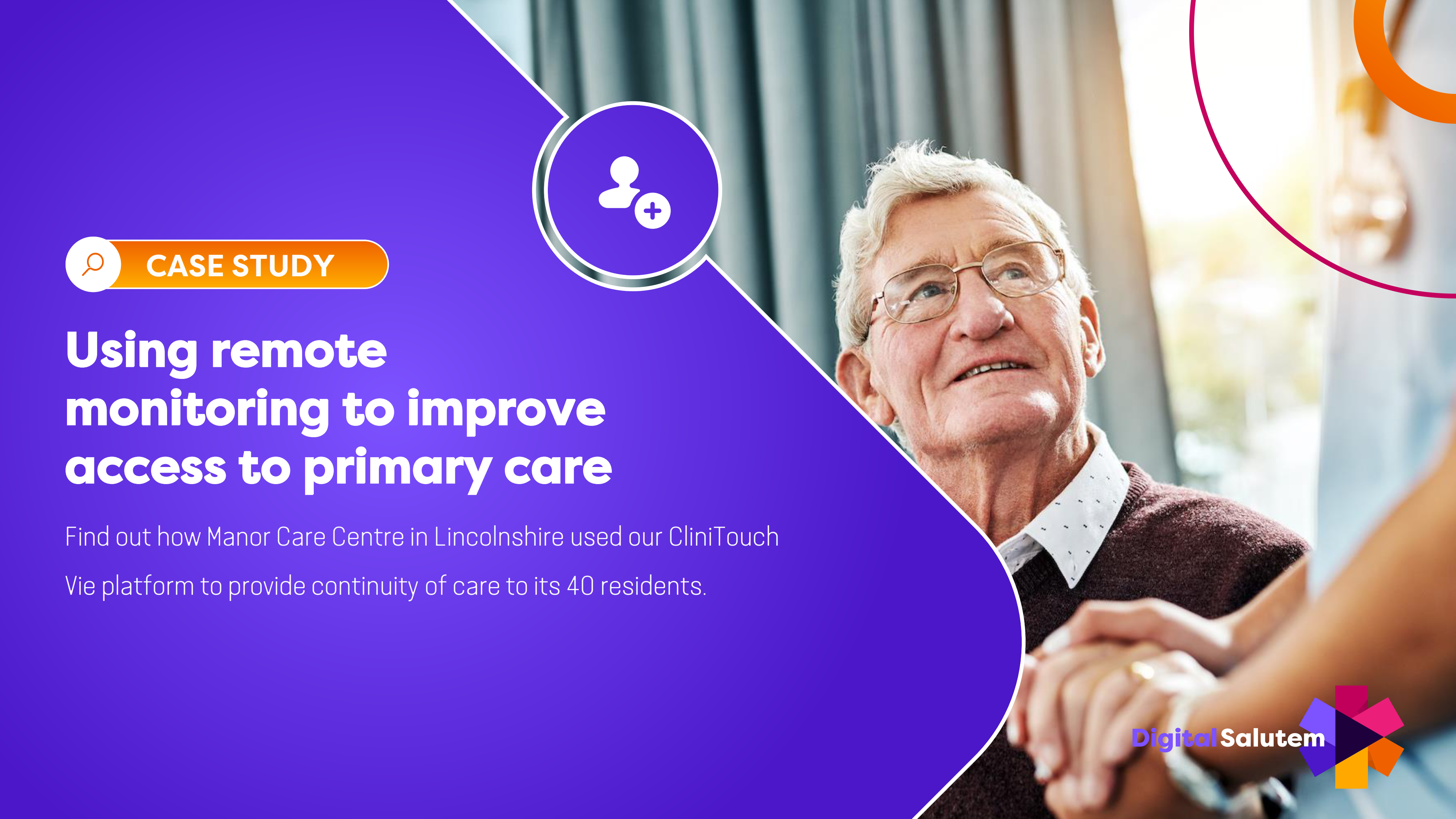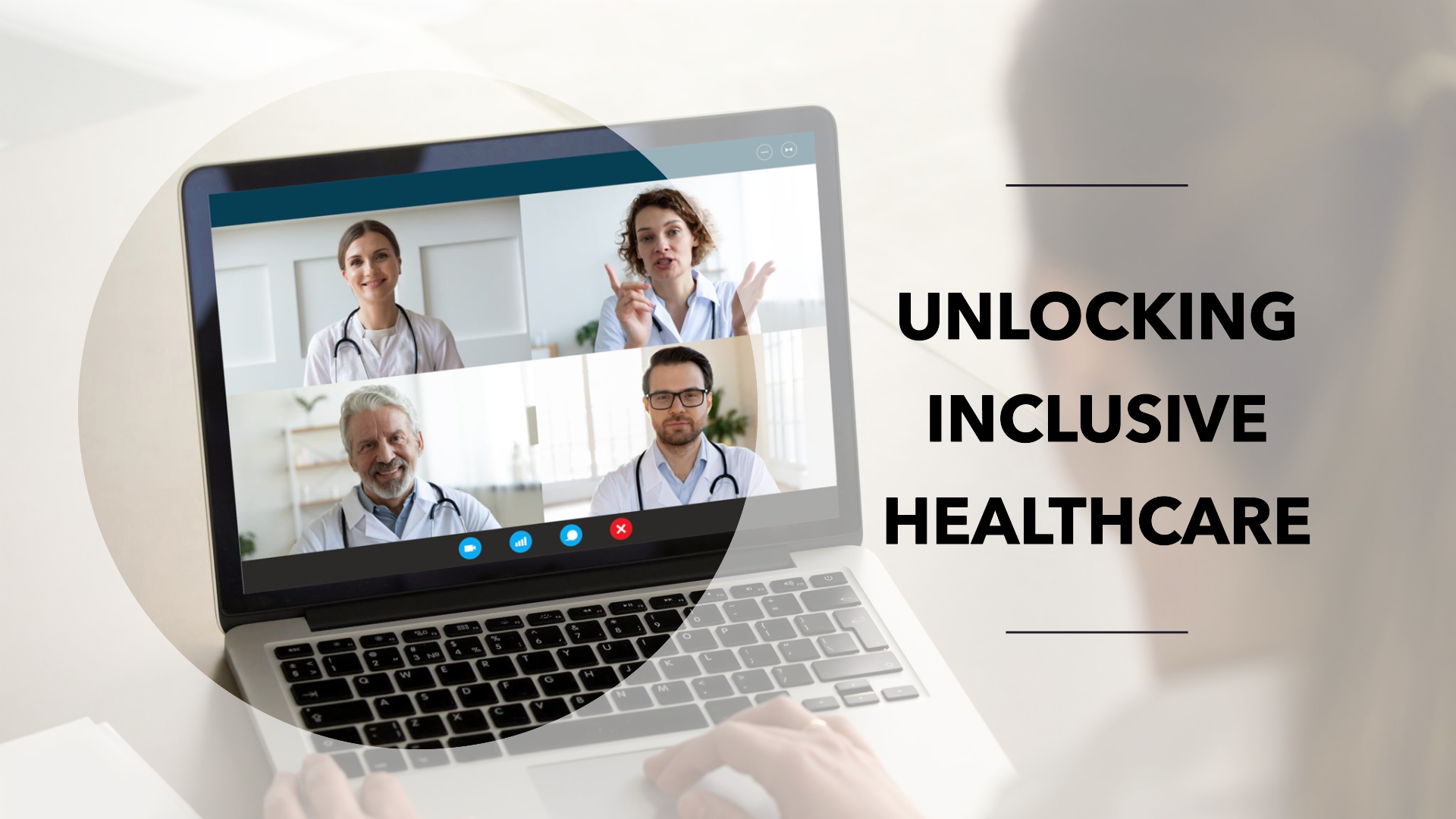Remote patient monitoring has helped us to increase our visit rates during the COVID-19 pandemic.
COVID-19 is a major pandemic. To prevent the spread of the virus, hospitals have had to severely reduce in-person visits by cancelling elective procedures and delaying routine patient visits. Surveys show a 45%–70%drop in patient visits across the USA, UK and other European nations.
Your hospital will be able to reduce the risk of a patient visit. Think about how you can provide care remotely with patients wearing a medical device, doing health coaching and taking lab tests, and better understand how your patients feel and behave through vital sign monitoring and other sensors.
While at the same time providers are adopting tele health solutions because of the COVID-19 pandemic, they are now adopting digital healthcare platforms to accelerate patient engagement.
The COVID-19 pandemic has forced providers to adopt telehealth solutions
The COVID-19 pandemic has forced providers to adopt telehealth solutions, dramatically accelerating remote patient monitoring (RPM) adoption. RPM programmes collect data using symptom surveys, wearable sensors, and other medical devices and send this information to a provider to facilitate assessment and decision making.
Patients with hypertension who monitor their blood pressure at home and share reading with their healthcare provider synchronously, achieve better blood pressure control. Similarly, meta-analyses have found that monitoring and sharing of blood glucose levels between patients and their healthcare providers yield significant improvements in glycaemic control. Further randomised controlled trials have shown that remote patient monitoring reduces mortality and readmissions in patients with chronic obstructive pulmonarydisease and heart failure.
With a COVID-19, a Smart Healthcare System can reduce or eliminate the need for vacations. In the context of COVID-19, a Remote Patient Monitoring programme could greatly strengthen healthcare delivery. During the past year, several hospital systems around the world have developed and implemented these programmes as responses to pandemic situations. Many of these programmes have focused on monitoring patients as opposed to providing medical care, but that isn’t where RPM is needed most.
RPMs provide a mechanism for remote patient monitoring during the SARS-CoV-2 pandemic. RPM platforms enable physicians to discharge patients early and monitor them remotely after leaving the hospital, freeing up inpatient beds. Furthermore, as the virus is highly transmissible, monitoring patients remotely can reduce the number of follow-up hospital visits needed, decreasing the spread of the virus.
The key for Remote Patient Monitoring
The key for RPM programmes is to define criteria for triage nurses to review any concerning trends, perform a clinical evaluation, and if necessary, call the patient to develop a care plan.
RPM has been found to reduce hospital admissions, increase patient satisfaction and enable early discharge in patient populations with COVID-19. Beyond following up with patients after hospital discharge, RPM has also been employed to monitor symptomatic patients prior to admission. The University of Pennsylvania health system developed ‘COVIDWatch’, an RPM programme which used automated twice-daily short message service questionnaires to track symptoms.
The telemedicine intervention using patient reported outcome measures demonstrated the effectiveness of these technologies in supporting patients who were managing COVID-19 symptoms at home. Patients reported that the enhanced intervention provided a sense of safety and a direct pathway for them to rapidly access COVID-19 care.
This article describes how COVID-19 Remote Patient Monitoring programmes have demonstrated potential to improve patient care, reduce readmissions and facilitate early discharge. However, they are not more widely used due to a gap in healthcare system integration. For these programmes to meaningfully improve patient outcomes they must be deeply embedded within a framework for healthcare delivery. Technological infrastructure needs to be built so that data obtained from at-home monitoring can be seamlessly and securely shared with a patient’s care provider.
Deploying remote patient monitoring technology into clinical practice could increase patient compliance with treatment plans. The implementation frameworks for remote patient monitoring (such as RE-AIM) should be used to translate RPM technology into clinical practice to help facilitate widespread adoption of these tools. Additionally, pilot studies of RPM programmes in Southeast Asia and Africa have shown promise, but substantial cost and regulatory barriers remain to implementing RPM technology in LMICs.
RPM’s are more cost-effective in the long term. COVID-19
RPM technologies, such as telemedicine and remote patient monitoring programme have been widely implemented in developed countries including the USA and European countries since the COVID-19 pandemic, but this has not been the case in other countries. Policy and legislation must be developed to regulate the safety, privacy and reimbursement of RPM technologies globally. Additionally, further research is required to characterize the implementation and effectiveness of RPM programmes in LMICs before deploying RPM in these regions.
CoviD-19 demonstrates the need to expand the reach of the health system beyond hospital, clinic settings. Remote patient monitoring technologies can provide this avenue. Recent studies have demonstrated remote patient monitoring platforms effectiveness in increasing patient satisfaction, reducing readmissions and optimizing healthcare system efficiency. The urgent need to expand the usage of evidence-based RPM technologies should be addressed, particularly as the number of COVID-19 cases continues to rise with the spread of new variants. Overall, RPM technologies can strengthen care delivery, enabling symptomatic patients to be supported prior to hospital admission and providing post-discharge patients with continuity of care.
Contact us for more relevant details our Remote Patient Monitoring product. To find out more about how we can help you with your Digital Healthcare Transformation, Healthcare organizational growth, or Healthcare brand positioning, please get in touch via phone +44 (0) 203 3620421 or via e-mail: info@digitalsalutem.com





